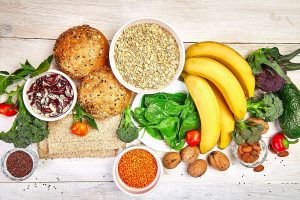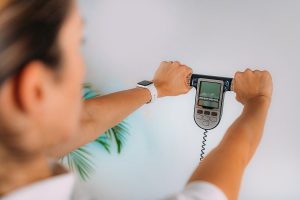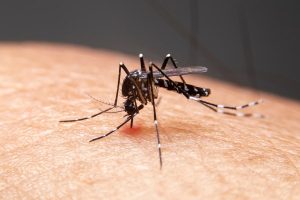Fruits and vegetables each have their own unique cues they’ve reached maturity (like using their allowance responsibly or calling Grandma without being told), but making a prime produce purchase doesn’t have to be daunting. To buy and bring home fruits and veggies that will last, Lifehacker shared the basics for, literally, sniffing out the best stuff on your grocer’s shelves.
“The most important thing to remember when inspecting produce is to use your senses. Ask yourself how the item smells, how it feels, and whether it looks appealing, or at least like the other items in the store.”
- Fruit’s tender flesh should be even and firm, but still have a little give. “If your plums, berries, or nectarines are rock hard, they’re not ripe. Citrus fruits that are too firm are likely dry on the inside. Also, pay attention to weight: heaviness can indicate how juicy a fruit or melon is, especially with oranges, lemons, watermelon, and cantaloupe.”
- Don’t be embarrassed to stop n’ sniff, a fruit may be too ripe if it gives off a strong aroma. “A light, sweet smell is a good indicator that your fruit is fresh and ripe. Smell is particularly important when it comes to melons and pineapple, which can smell very strongly when past their prime, so the lighter and sweeter the better.”
- Tree-ripened fruit displays an even coloration, “avoid anything with dark marks and spots, or citrus fruits with white streaks or colors on the surface. Melons don’t give too many visual or color cues, but look for the obvious: bruises, dents, and other pockmarks.”
- The same consistency in firmness, aroma, and coloring applies to vegetable shopping as well. “With most vegetables like cucumbers, peppers, onions, and potatoes, you want them to be as firm as possible. Softness in specific areas is generally an indicator of slow rotting or bruising, even if you don’t see anything obvious that would indicate spoilage.”
- Bouncy, full leaves are a great sign in leafy greens like lettuce and kale, and a crisp snap is an easy indicator of freshness. “Expect a little brownness and a few tears in the leaves due to shipping or handling, but they should be the exception, not the rule. The majority of the leaves should be green, smooth, and unbroken.”
- Root veggies like potatoes, garlic, and onions should be firm and are susceptible to sneaky spoilage. “Avoid root vegetables with cracks on the base, this means it’s too dry. Most vegetables don’t give you clues to their ripeness by smell the way that fruits do, but you’ll know the vaguely stinky smell of slow rot or mold when you smell it. Steer clear if something doesn’t smell right.”
“The most important thing to remember when inspecting produce is to use your senses,” Lifehackers reminds us. “Ask yourself how the item smells, how it feels, and whether it looks appealing, or at least like the other items in the store.” They also suggest that visiting your local farmers market as a great way to get familiar with the aesthetics of truly fresh produce. If you make a bad purchase, think of it too as a valuable learning experience– you’ll know what to avoid next time. What’s your favorite tip for finding the freshest fruits and veggies? — Casandra Armour


















